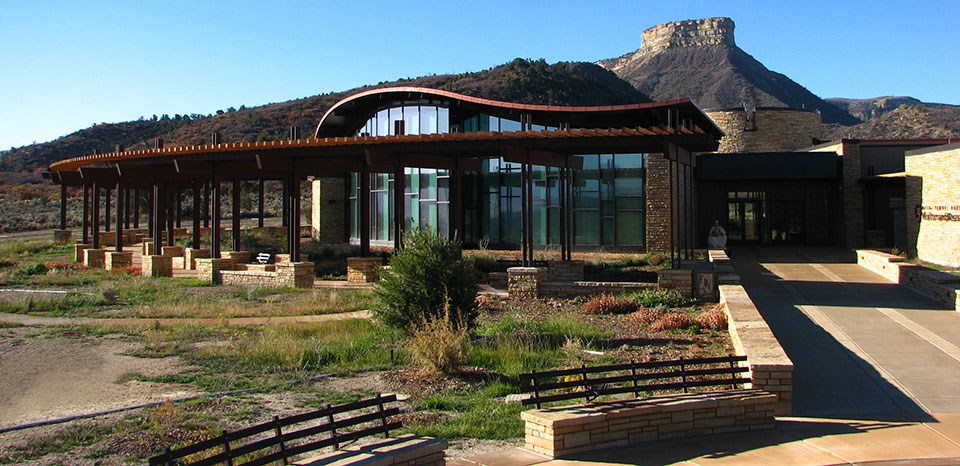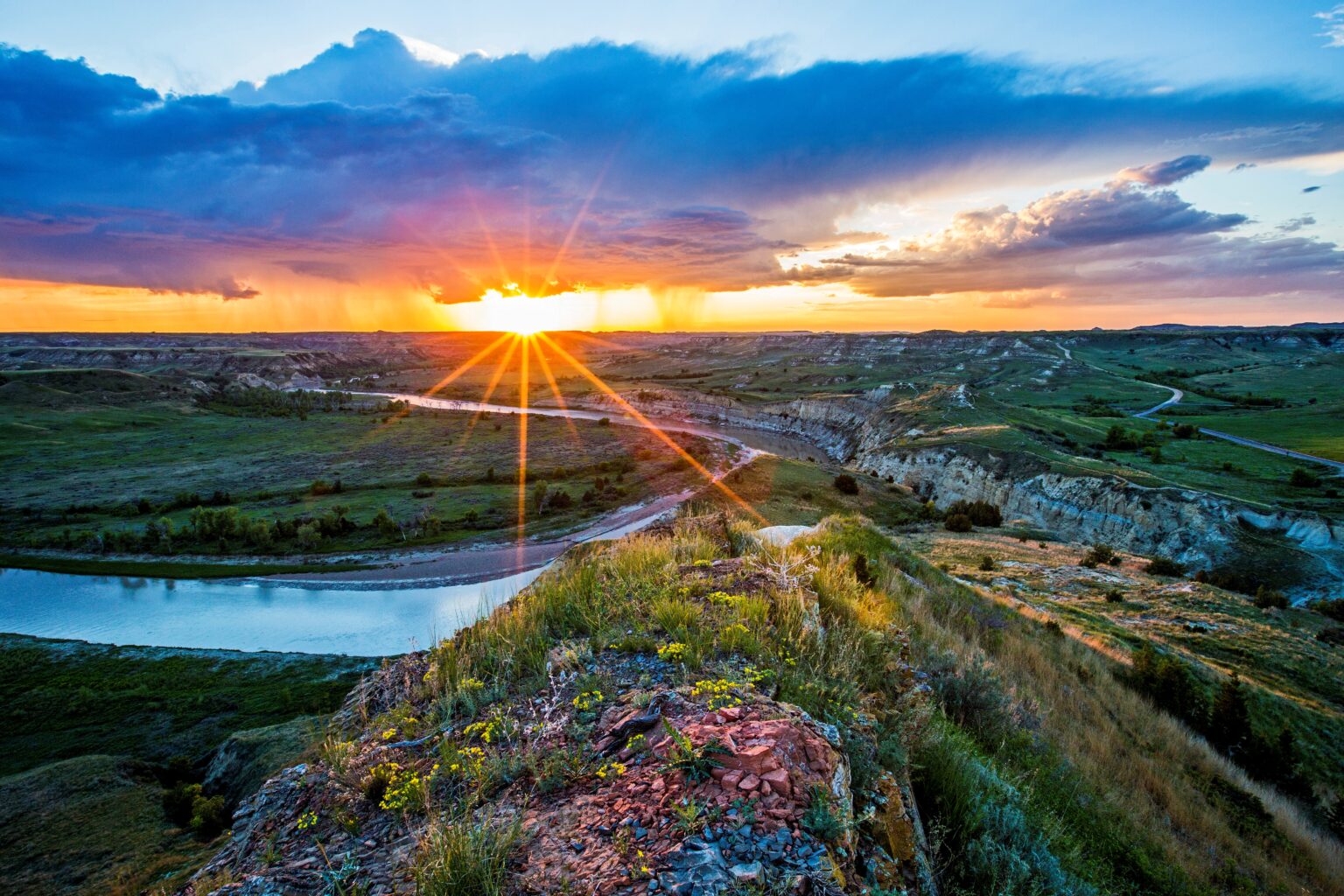The National Park Foundation announced receiving a historic $100 million donation from the Lilly Endowment Inc. The nonprofit organization reports it is the largest grant benefiting national parks received in U.S. history.
Bridging the Funding Gap for National Parks
The National Parks Foundation was established by Congress in 1967 to serve as the fund-raising arm of the National Park Service. Its mission is to address parks’ needs and preserve them for future generations, making up for where federal funding falls short.
“The NPF is inspired by, and incredibly grateful for, this extraordinary gift from Lilly Endowment,” says Will Shafroth, President of the NPF. “For over 50 years, private philanthropy has played a vital role in bridging the gap between park needs and available funding.”
N. Clay Robbins, the CEO of Lilly Endowment, credit their founders for the donation. According to Robbins, the beauty and wonder of nature inspired them. They support research and educational programs on archaeology and the nation’s cultural history.
The grant could not have come at a better time. The NPS faced a $150 million budget cut. The grant boosts efforts to raise $1 billion for restoring and preserving the nation’s 430 national parks.
Allocating Funds: National Park Service’s Four Key Priorites
Working with park stakeholders, the funds will be allocated to four priority areas.
The first priority is to inspire future park stewards through educational programs on the environment, conservation, and national parks’ importance.
Next, the National Park Service will restore natural habitats and ecosystems damaged by climate change or human activity. Funds will support projects that preserve habitats, cultural, and historical landmarks within the park. Efforts to protect endangered species, restore ecosystems, and improve the health of forests and rivers are also part of budget planning.
The NPF also plans to use the grant to improve visitor experience. Those efforts include upgrading visitor centers and improving signage and information services. The goal is to make visits to the park more informative, enjoyable, and accessible to all.

Finally, National Park Service intends to tell a more comprehensive history of America by “including the experiences of communities whose voices and contributions have not been fully told as a part of the American story.”
The National Park Service intends to work closely with local communities to ensure their efforts meet local needs.


